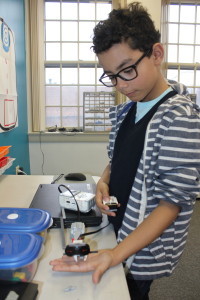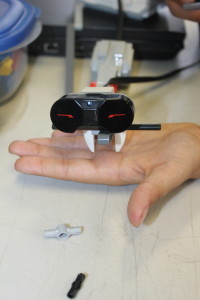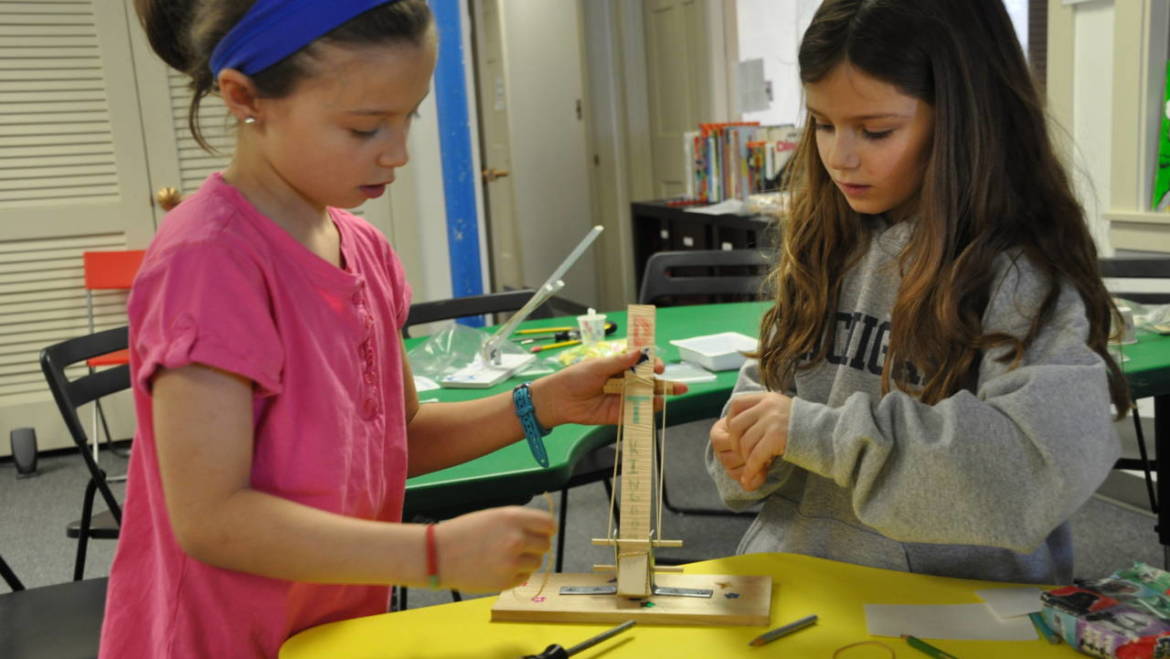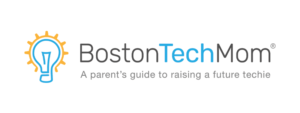Navigating STEM, STEAM and ‘Next Generation’ Learning
“I want to be an engineer,” beamed my 12-year-old daughter. Two minutes later she said: “Actually, I may want to be an artist.” My reflexive response: “You can do both.”
Many educators argue having an arts education is likely to make her a better engineer. STEM (science, technology, engineering, and mathematics) was once thought of as separate from the arts. Today, there is growing consensus that the arts are an essential part of fostering technological innovation. The question remains: How to best integrate the arts into a 21st Century education?
A majority of organizations refer to a STEM education. However, the practical definition of STEM seems to be evolving. There are various labels: STEM, STEM Plus, STEM and Beyond, and iSTEM. Adding an ‘A’ for arts to create STEAM has also gained traction, with many schools now seeking STEAM certifications. After years of debate over whether STEM should become STEAM, it is widely accepted that integrating the arts is essential even as the acronyms involved vary.
An ‘A’ for Inclusion
Through the years, a series of STEM initiatives have been launched amid concerns that U.S. students are lacking the skills and talent needed to succeed in the 21st Century work force.
Research shows that students who study STEM gain a variety of skills such as critical thinking and communication while it boosts innovation and collaboration. The effort to focus on STEM subjects, however, has also paralleled the rise in standardized testing, which has not received rave reviews. School districts around the country, particularly economically disadvantaged districts, have been losing art and music programs as educators focus on test scores. Spurred by the loss of arts programs, and knowing the important role they play in fostering innovation, STEAM proponents accelerated the discussion over how to best prepare students.
Though the debate continues, ‘Next Generation Science Standards’ (NGSS) offer schools a framework for curricula that seems to be opening up possibilities and changing the educational landscape. The standards branch away from the focus on standardized testing to encourage more hands-on learning through exploration, and allow states and school districts more latitude to integrate the arts in STEM classes.
“I believe the new science, technology and engineering standards in Massachusetts recently adopted, based on ‘Next Generation’ standards, are very supportive of STEAM in general,” says Jennifer Henderson, Interim Superintendent of the Canton Public School District. “The standards support exploration, observation, creativity, design, and engineering,” she adds. Henderson has been a long-time STEAM advocate, serving as Director of Curriculum and Instruction for the Canton Public Schools when it launched its STEAM program five years ago.
“This was a grass roots effort by teachers, and one student, to begin to increase STEAM course offerings,” says Henderson. The district offers a variety of programs including a robotics club and it holds an annual STEAM Career Expo. Henderson has noticed that more and more arts are being incorporated into educational efforts and she applauds the increase in both STEM and STEAM programs. “I think they are co-existing beautifully,” she notes. “We like STEAM, however, to include the arts; in the design process for sure.”
Adding arts generally refers to arts in the broader sense: language arts, physical arts, fine arts, music and social studies.
“We believe that it is critical to teach the whole child and not just focus on the highly tested subject areas,” says Matthew Beyranevand, Ed.D, K-12 Mathematics and Science Coordinator for the Chelmsford Public Schools. “Adding the arts into STEM has been very well received by the district and teachers,” he notes. “Also, when we examined the Next Generation Science Standards and how we would implement them within the Chelmsford Public Schools, we found that a few of the standards were covered within the Art program.”
Age of Engagement
Increasingly, educators are seeing the benefit of the open-ended creative process. A concept termed ‘design thinking’ has gained popularity in adult circles. Translated to K-12 schools, it’s a learning approach that encourages kids to empathize with the world around them, consider real-world problems, brainstorm solutions and take a hands-on approach to research, analyze and work to solve the problem at hand. It’s a methodology inherent in engineering and scientific discovery. Many educators believe newer school standards open the door to this type of learning, and that the arts and fully engaging students are key elements.
“I believe that art education fosters students’ creativity and those skills learned can really help with students’ development with technology, engineering, and problem solving in mathematics,” says Beyranevand, who, despite being an administrator, is actively involved in teaching kids through multi-media platforms.
“We have a website called ‘Math with Matthew’ and a public access TV show,” he explained at the recent ‘Leading Future Learning 2016’ conference in Worcester, MA. Dr. Beyranevand, who hosts a show called ‘Math with Matthew’ and another called ‘Science with Matthew,’ was a featured speaker on the topic of using social media to educate. While outlining his approaches, which include the use of Periscope, Twitter, Facebook, Instagram and podcasting, he discussed the use of media and music to get students engaged in mathematics.
Dr. Matthew Beyranevand with students in his latest ‘Math with Matthew’ video called ‘Girls are All About that Math’ based on the song ‘All about that Bass’
I take pop culture songs and we change the lyrics to make it about math, and I have the kids or teachers do the singing and we make a video and it goes out on YouTube,” he told the audience. “The kids are proud of what they’ve done and are learning and becoming genuinely excited about mathematics.”Often it’s the act of creation that focuses a child’s attention in a way that ensures learning. “I’m making a robot snake,” said Ben, a fourth grader at the Empow Studios After-School Club, while he worked on ways to make the motorized snake ‘slither.’ “I don’t get a chance to do this at school, so I learned how to make robots here,” he said as he showed me the wheels that would make his serpent slink.


The staff had challenged Ben to make an animal – a task he worked on down to the LEGO fangs. “I like robots because I can control them and they do really cool stuff,” he added. “I want to be a mechanical engineer.”
Whether creating a robot, an animated movie, or a video game using code, many kids learn while enhancing their sense of accomplishment and pride.
As I think back to the conversation with my daughter, I recall her third career comment: “I may also want to be a singer,” she stated as she reached for her LEGO robot. At this point, I’m curious to see where this combination takes her.
Links:
STEM/STEAM:
http://www.stemedcoalition.org/
http://stemtosteam.org/
Next Generation Science Standards:
http://www.nextgenscience.org
http://www.nextgenscience.org/massachusetts
National Science Teachers Association:
http://ngss.nsta.org
http://ngss.nsta.org/less-memorizing.aspx
Canton Public Schools/STEAM group:
http://www.cantonma.org/pages/CantonPublicSchools/Departments/Curriculum/STEAM
]http://www.connectsemass.org/stem/
Design Thinking:
http://ww2.kqed.org/mindshift/2013/03/04/what-does-design-thinking-look-like-in-school
Math with Matthew:
http://www.mathwithmatthew.com
http://leadingfuturelearning.org/
https://leadingfuturelearning2016.sched.org/speaker/beyranevandm






